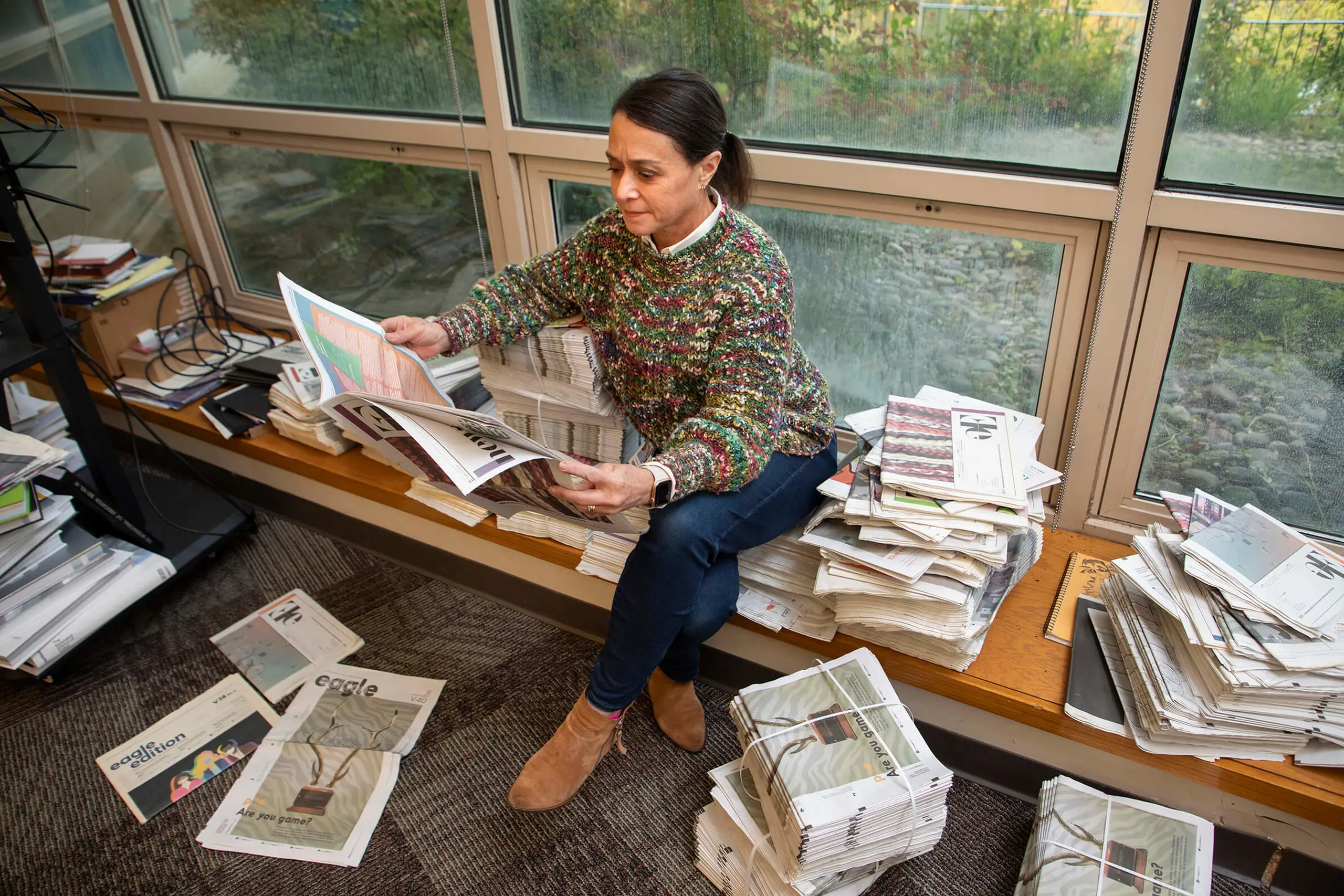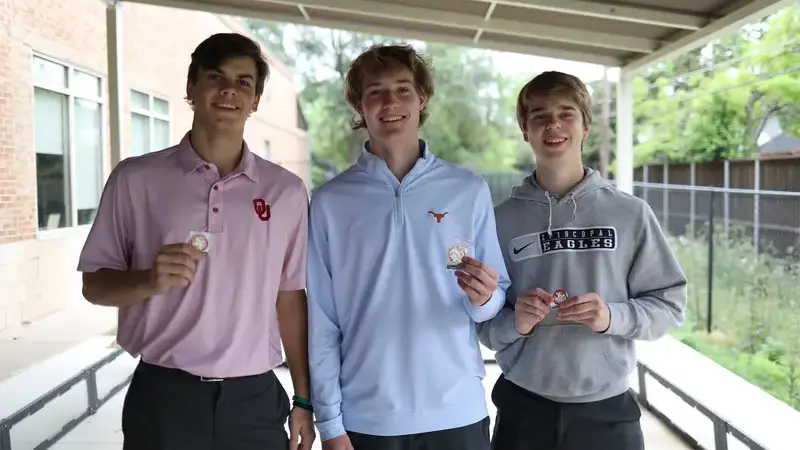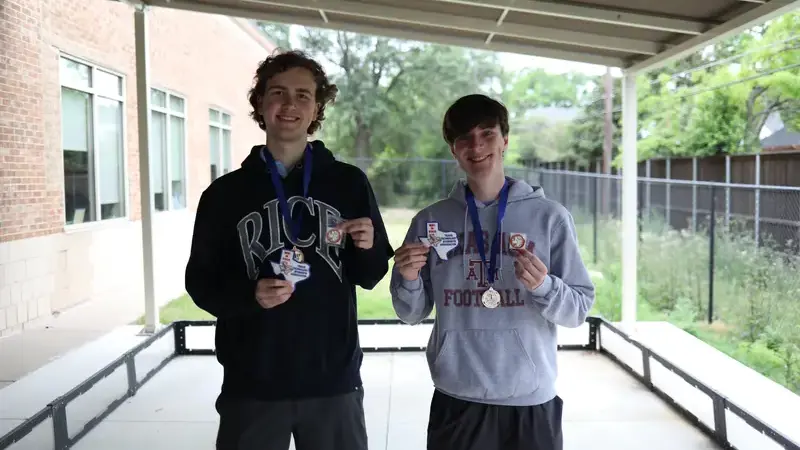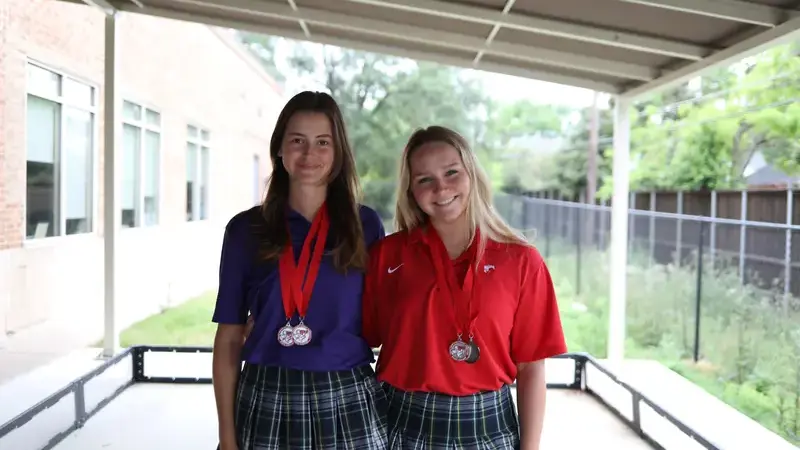Advanced Engineering Capstone Claims 16 Medals from First TSA State Competition
April 17, 2024
The 2023-24 school year has proven to be quite rewarding for the Advanced Engineering Capstone, whose students have honed their skills and stepped out of their comfort zones to reach new heights individually and as a team. Given that this is the first year ESD has participated in the Technical Students Association (TSA) regionals and state competitions, our students’ outstanding work earned them 16 awards across the top 10 rankings in the small school category, composed of 60 educational institutions.
Under the umbrella of ESDistinction, capstone courses enable students to apply what they’ve learned to a real-world scenario. At the engineering level, students have exercised their conceptual knowledge in numerous ways, from product innovation to public speaking. Through this aligned, intentional programming, students develop academic narratives that cultivate an educated conscience and prepare them for lives of purpose.
In the first semester of the Advanced Engineering Capstone, students begin with reverse engineering, wherein they deconstruct an existing product and deliberate on how it can be improved.
“We take a product, look at how it works, then take it apart and figure out how to put it back together again. So, if this were yours, how would you make it better? What would you change about it?” class instructor Donald Snook said.
Once students develop a foundation for innovative curiosity, they begin researching projects to undertake, starting with a patent search to discern what’s already on the market. Upon project approval, students perform a literary review and annotated bibliography, then transition into handheld drawings, Computer Assisted Drawings (CADs), mock-ups, prototypes, and the final written portion in the second semester.
Throughout this process, students must present their findings to their peers and instructor, preparing them for their final presentations at the TSA competitions and in their capstone, which are demonstrated in front of a panel of engineers and ESD administration, students, faculty, and staff.
“If they're going into any kind of STEM or engineering-related field, you don't work in isolation; you always work in groups, and you have to pitch ideas to superiors. So I want them to feel that kind of pressure,” Snook expressed. “If they've never had the opportunity to speak to someone official or important, how do we expect them to do well if they've never done that before?”
With such a tiered structure, students can learn gradually and explore their niche while producing creative outputs related to their studies. By researching information, repeatedly testing iterations of the project, finding solutions to new problems that may arise, and sharing findings in a public forum, students develop quality skills along the way, such as inquisitiveness, self-sufficiency, problem-solving, teamwork, confidence, and more.
“I don’t really care about the project itself; it’s the learning that happens,” Snook emphasized. “How they had their idea, the process that they went through generating it, what they came up with, and then what they learned that they can apply.”
As a result of their dedicated work, students successfully presented their projects and received accolades, lauding their ability to take ideas beyond conceptualization.







